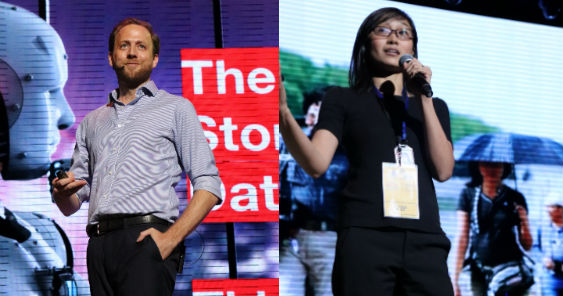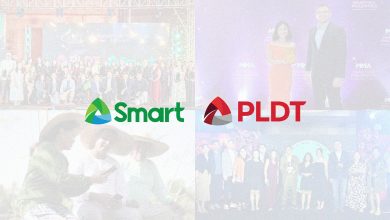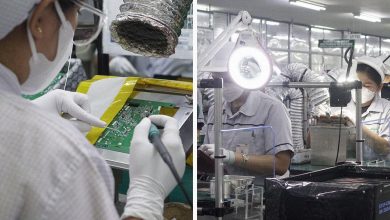Forming an engaging story out of data and graphs is often intimidating, but Thinking Machines Data Science’ VP Strategy and Operations Niek Van Veen and Head of Digital Storytelling Pia Faustino revealed that in order to come up with a well-crafted story out of data, one must thoroughly analyze the data, ask good questions, and have empathy.
In the 4th adobo Festival of Ideas, with the theme “Creativity at the Heart of Digital: Data, Tech, and AI”, Van Veen shared that data is futile without people analyzing and interpreting them. “Data in itself is meaningless. It’s the humans who attach meaning to the data. Also, the data is selected by humans. And it’s made for humans.”
Van Venn also professed the significance of data to the growth and advancement of a company. He revealed how companies like Facebook, Google, Tesla rose to the top of their respective industries by utilizing consumer data.
“Tesla, who’s produced 300,000 cars so far is more valuable than General Motors, who produces 10 million cars every year. Why? Because Tesla has captured all this data about its customers. So every time they capture data from their customers, they learn more and in return they make better product developments, make better products, and improve further.”
He also highlighted the importance of artificial intelligence (AI) and machine learning. “90% of the data that are being stored at the moment are just being created in the last two years. So we create this data and there’s no way that any normal human being is capable of processing it, computing it, and analyzing it, so we need computers for that and that’s where data science comes in.”
On the other hand, Faustino shared how to master the art of storytelling by finding interesting stories out of the seemingly boring stuff such as graphs and charts and by asking good questions. “What do you do with these data? How do you find something interesting? You ask a good question. It always starts with a question.”
She also shared how to figure out data using visualization such as interactive maps. “We use visualizations to tell ourselves the stories first before we tell them to other people.”
Furthermore, Faustino asserted that there’s so much room for creation in working with data and that it requires some fundamentally creative skills. “You have to be able to look at things in different ways and ask interesting questions. You also have to be able to challenge your own assumptions. You have to be able to be skeptical of your data and have empathy for the person you are presenting that data to.”
Finally, Faustino revealed that people in the creative industry can bring data into creative processes by using data as inspiration, practicing collaborative curiosity, welcoming and expecting diverse interpretations, and exploring and presenting data visually or interactively.










